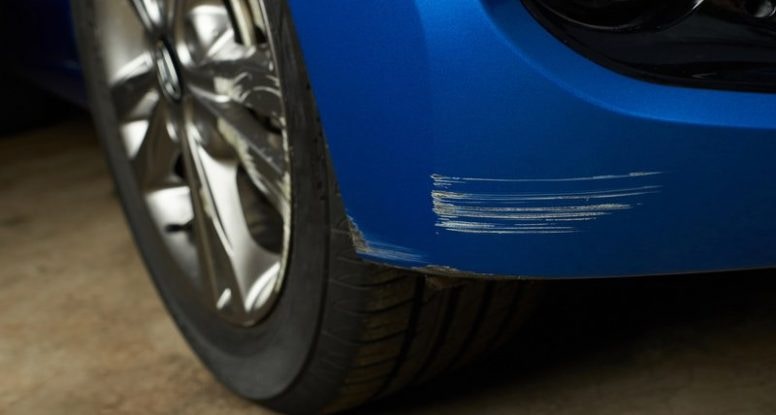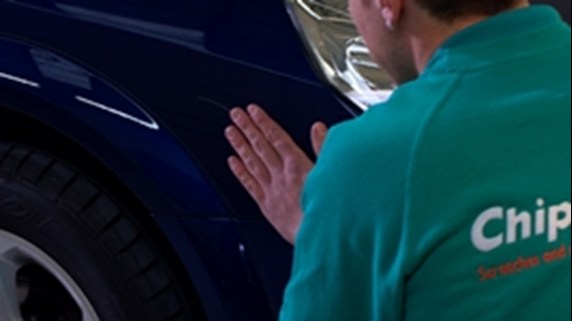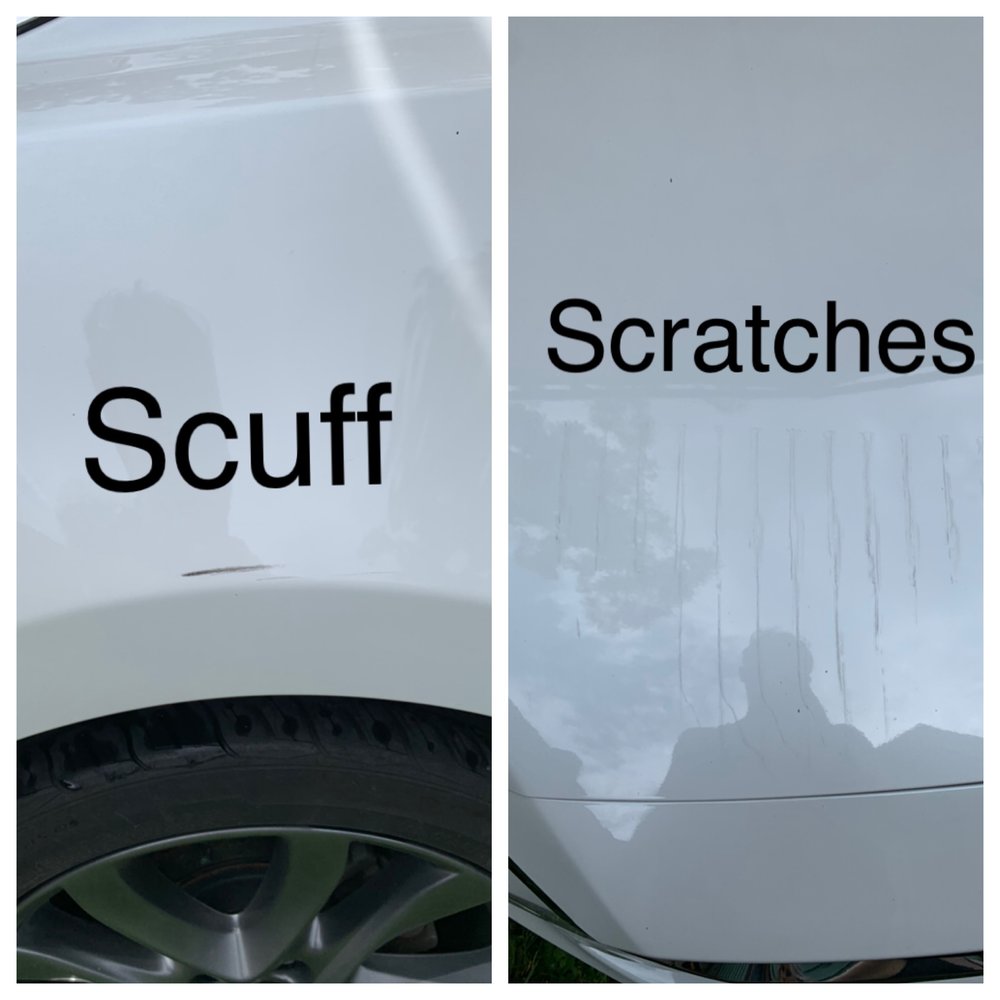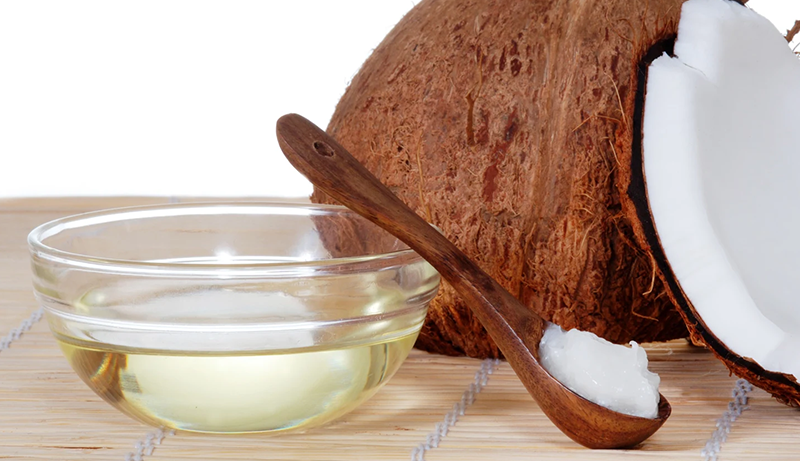“What are scuffs?” This is a question that plagues many a shoeearer. Whether you’re trying to keep your shoes clean for work or you’re just trying to avoid that embarrassing moment when someone points out a scuff on your brand new shoes, we’ve got you covered. A scuff is a small area of damage to the surface of your shoe. It can be caused by anything from rubbing against a rough surface to dropping your shoes on the ground.
Scuffs can happen to any type of shoe, but they’re especially common on dress shoes and high heels. There are a few different ways to remove scuffs from your shoes. You can use a soft cloth and some shoe polish to buff out the scuff, or you can use a sanding block to sand down the scuffed area. If the scuff is really bad, you may need to take your shoes to a professional shoe repair shop.
In conclusion, scuffs are small areas of damage to the surface of your shoe. They can be caused by anything from rubbing against a rough surface to dropping your shoes on the ground. There are a few different ways to remove scuffs from your shoes, but the best way to avoid them is to be careful with your shoes in the first place.
A scuff is a type of shoe wear that is characterized by a dulling or matting of the surface of the shoe. Scuffs can occur on any type of shoe, but are most common on dress shoes and shoes with a high shine. Scuffs are caused by the friction of the shoe against the ground, and can be exacerbated by poor shoe care or wear. Scuffs can be removed with polishing, but the best way to avoid scuffs is to take proper care of your shoes and to avoid wearing them in highriction situations.
What Are Scuffs?

A scuff is a small area of damage or wears on the surface of something. Scuffs are usually caused by friction, and they can occur on many different types of surfaces, including wood, metal, plastic, and paint. While scuffs may not be serious, they can be unsightly and difficult to remove.
There are a number of ways to remove scuffs, depending on the type of surface and the severity of the damage. For example, light scuffs on wood can often be removed with a damp cloth, while more stubborn scuffs may require sanding or polishing.
What Are Scuffs Used For?

Scuffs are mainly used for two things: to protect the floors and to clean them. Floors take a lot of abuse, whether it’s from high heels, rolling chairs, or dropped dishes. To protect your flooring, put scuffs over high-traffic areas or any area where you’re likely to spill something. Scuffs will absorb impact and prevent scratches, dents, and stains.
Scuffs are also great for cleaning floors. They have a textured surface that can help loosen and remove dirt, dust, and grime. When mopping, use a scuff to scrub tough spots. For best results, use a scuff with a handle so you don’t have to bend over.
How Are Scuffs Made?

Scuffs are made when something rubs or scrapes against the surface of something else, leaving a mark. It can happen to any type of material, including leather, wood, or even paint. There are a few common ways that scuffs occur.
One is simply from everyday wear and tear. If you wear shoes with hard soles, they can scuff up the floors as you walk. Or, if you move furniture around a lot, you may scuff up the walls or floors.
Another way scuffs can occur is from an accident. If you drop something heavy on the floor, it can leave a scuff. Or, if you accidentally kick a wall or door, you may scuff up the paint or wood.
Scuffs can also be intentional. Sometimes people make scuffs on purpose, like when they’re trying to make a distressed look on furniture. Or, if you’re painting a room, you may deliberately scuff up the walls to give the paint a more textured look.
Whatever the cause, scuffs are fairly easy to fix. For light scuffs, you can often just wipe them away with a damp cloth. For more stubborn scuffs, you may need to use a little elbow grease and a scrubbing brush.
If the scuff is on the paint, you may need to touch up the paint with a matching color.
What Materials Are Scuffs Made From?

Scuffs are made from a variety of materials, depending on their intended use. Some scuffs are made from soft materials such as cloth or sponge, intended for use on delicate surfaces. Others are made from harder materials such as sandpaper or metal, for use on tougher surfaces. Still, others are made from abrasive materials such as steel wool or glass, for use on very hard surfaces.
The material of a scuff also determines its lifespan; softer scuffs will wear out faster than harder ones.
What Are The Benefits Of Using Scuffs?

Scuffs are abrasive products that are used to remove the top layer of paint or other materials from a surface. Scuffs are available in different grades, which determines the amount of material that is removed with each use. The benefits of using scuffs include the ability to quickly and easily remove paint, rust, or other materials from a surface without the need for sandpaper or other abrasive products. Scuffs are also less likely to leave behind scratches or other imperfections than other abrasive products.
Are Scuffs Harmful To The Environment?

Most scuffing agents are petroleum-based, emitting harmful VOCs into the environment. Sanding scuffed areas also creates hazardous dust, which can be inhaled and cause serious respiratory problems. In addition, many scuffing products contain harmful chemicals, such as chromium, which can leach into the soil and contaminate groundwater.
What Are The Disadvantages Of Using Scuffs?

The common problems associated with using scuffs include chafing, blisters, and general discomfort. Additionally, wearing scuffs can also lead to foot problems such as athlete’s foot or bacterial infections. If not properly cleaned and disinfected, scuffs can also harbor dangerous bacteria and fungus. Overall, the disadvantages of using scuffs far outweigh the benefits.
Can Scuffs Be Recycled?

Roughly a million pairs of shoes are thrown away in the U. S. each year.
The vast majority of these shoes end up in either a landfill or an incinerator. Can scuffed shoes be recycled? The answer is yes! Most people don’t realize that their old, scuffed-up shoes can be recycled and turned into something new. There are a few different ways to recycle shoes.
One way is to donate them to a nonprofit organization. These organizations will usually fix up the shoes and donate them to people in need. Another way to recycle shoes is to send them to a company that specializes in recycling shoes.
These companies will often times shred the shoes and use the material to make new products, such as playground material or carpet padding. So, next time you’re getting rid of an old pair of shoes, think about recycling them instead!
What Are The Most Common Uses For Scuffs?

Most scuffs are used to protect the floors from dirt, scratches, and scuffs. They are also used to protect furniture and other surfaces from scratches. Scuffs can also be used to protect walls from dirt and scuffs.
How Long Do Scuffs Last?

Most scuffs will last for a few days to a week. However, if you do not take proper care of your feet, the scuffs may last longer. If you have diabetes, you should check your feet daily for any cuts, scrapes, or scuffs.
Are Scuffs Biodegradable?

Scuffs are markings or abrasions on a surface, usually caused by rubbing or scraping. Though they may be unsightly, scuffs are generally harmless. But what about when they’re in your shoes? Can scuffs be biodegradable? The answer is yes and no. Realistically, it depends on the material of the scuff and the environment it’s in.
For example, a scuff made of rubber or leather will decompose much faster than one made of plastic. And if the scuff is in a moist or humid environment, it will decompose quicker than if it’s in a dry environment. So, if you’re looking to get rid of that scuff on your shoe, you might want to consider composting it. But if you’re not ready to part with your shoe just yet, don’t worry – the scuff will decompose eventually, even if it takes a little longer.
What Are The Best Materials To Use For Scuffs?

There are a few different types of materials that can be used for scuffs, but some are better than others. For example, softer materials like cloth or sponge are going to work better than something harder, like sandpaper. This is because harder materials can actually damage the surface you’re trying to scuff.
In general, it’s best to use the softest material you can find that will still get the job done. This way, you’re less likely to damage the surface and you’ll be able to get the desired results. So, next time you need to scuff something, reach for a soft material like cloth or sponge.
Conclusion
In conclusion, scuffs are small, shallow, and usually temporary scrapes or bruises. However, depending on the depth of the scuff, it can take longer to heal. A scuff is usually not serious and will typically go away within a few days.






Leave a Reply